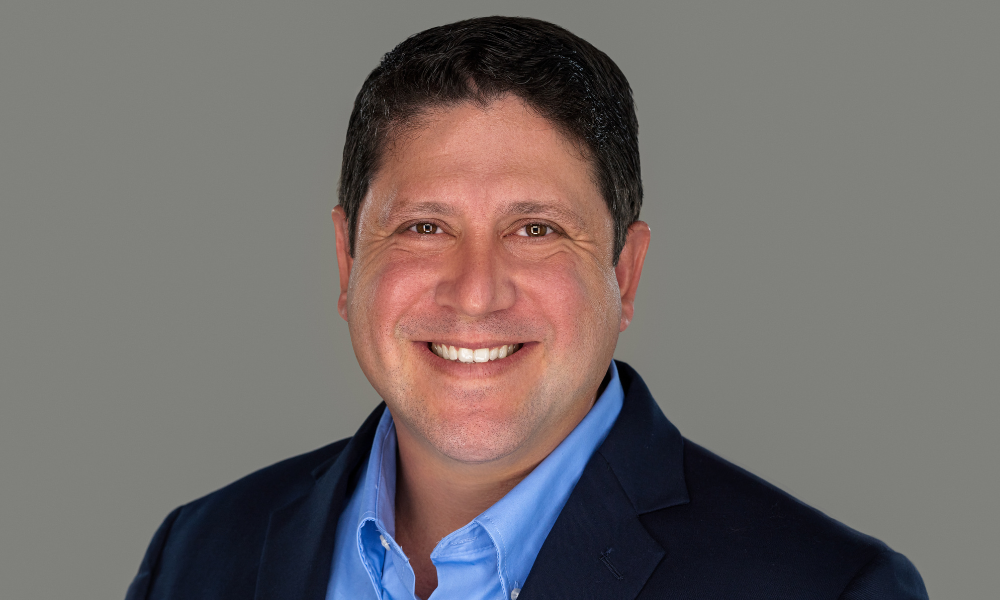Smaller- balance loans are increasingly being offered by lenders

With inflation weighing down deals and unpredictable interest rates menacingly lurking to scare off investors, the commercial real estate space is increasingly scary terrain on which to tread. Yet navigational insights from a trusted guide can help in avoiding pitfalls across the rough landscape.
Enter Daniel Llorente (pictured), chief lending officer at Florida-based lender Korth Direct Mortgage, to help demystify the panorama. He took time to chat with Mortgage Professional America to discuss favorable trends he’s seeing in the space.
There’s low-hanging fruit to be had, he suggested. Think multifamily and consider a smaller swath of the jungle from which to secure it. Metaphors aside, smaller balance deals are increasingly popular with investors who wouldn’t otherwise be able to secure traditional financing, he said.
Big rush on multifamily properties is unleashed
“One of the bigger trends we’ve noticed is the big rush when it comes to lenders like KDM or individual investors, are multifamily property types,” Llorente said. “Another new underserved market that’s opened up has been the smaller balance, smaller multifamily investment properties.”
Like any savvy lender, KDM is capitalizing on the trend: “Right now, we’ve opened up a new program to service this underserviced market,” he said. “We do loan amounts now between $200,000 and $5 million. That’s to help service not just single-family homes, but your duplexes, triplexes, 10-unit buildings, your smaller, suburb apartment buildings that, believe it or not, in the last 10, 15 years have been somewhat underserved because those products don’t qualify for Fannie, Freddie small balance loan amounts.”
The interest is not limited to just investors, Llorente said. “Yes, from both sides,” he replied when asked of the appeal. “Individual investors are devoting more time in finding those properties and the people who lend the money – the big investors, insurance companies, banks – have more interest to actually fund those acquisitions.”
Llorente theorized on the sector’s increasing popularity among investors, saying there are just so many 200- to 500-unit properties available to buy. “The low-hanging fruit that’s still available to purchase at reasonable prices are the investor single-family homes, duplexes and triplexes that haven’t really gotten the love they should have gotten in the last few years.
He’s seen the trend manifest in his own backyard: “We’ve been noticing here in Miami as we’re starting to see high-end duplexes, people acquiring those properties and putting in pools, a third floor and making them more high end. Obviously, they’re going to be rate-sensitive, but given the direction rents have gone in, rents are in a position where they absorb moderately higher interest rates.”
And yet, everything is relative
Of course, everything is relative, and dynamics differ from market to market. The riskier areas are the tertiary markets where work life is more concentrated for their denizens.
“I’m anticipating maybe the markets that have been overdeveloped that are on the way out of town are going to be the ones that are going to have the bigger slowdown,” he said. “In my experience, when you have those tertiary markets – let’s say you have a town with 30,000 people in it – chances are the lion’s share of the population of that small town all work for the same company. If the company picks up its bags and moves, all of a sudden, the value of that town has gone down to pretty close to zero. Primary and secondary markets have been stable. In tertiary markets, it all depends on economic conditions.”
KDM was created to make commercial real estate loans funded by notes guaranteed by those loans dubbed Mortgage Secured Notes – generally single-asset securitizations or small groups of loans in the $5,000,000 - $50,000,000 range. Payment to the noteholders is wholly dependent on KDM receiving payment from the borrower. KDM services the loans and acts as a passthrough for the noteholders. In the event of default, KDM steps in to become special servicer to wind up the asset for the benefit of noteholders, as described on its website.
Want to make your inbox flourish with mortgage-focused news content? Get exclusive interviews, breaking news, industry events in your inbox, and always be the first to know by subscribing to our FREE daily newsletter.



